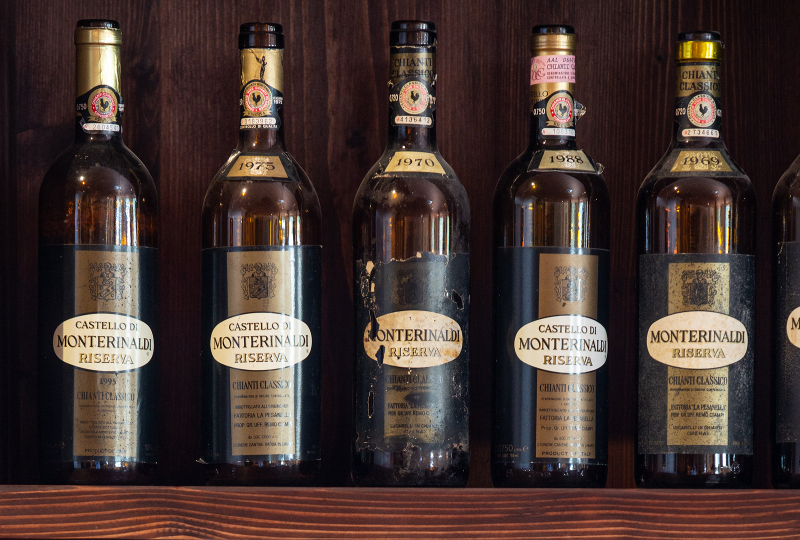
02 Sep How to age wine properly
How to age wine properly
You have received a fine wine as a gift or have bought one on a special occasion. Now it is there, in plain sight on your shelf, and you are waiting for an equally special occasion to open that precious bottle…
However, what may happen is that when you finally decide to taste it, you cannot appreciate it in its best form. This happens because not all wines improve with a long maturation.
You may have already heard of wines that are more or less suitable for aging. What determines whether the peak of a wine is reached after a few weeks or several years of refinement in the bottle? The particular characteristics of a wine (type and age of the variety, origin, trend of the vintage, microclimate, chemical composition) have the most important decision-making role on this matter.
Wine characteristics matter
For example, there are some varieties that, due to their DNA, are more suitable for aging than others. In this group, just to name a few of the best known, we can find Cabernet-Sauvignon, Nebbiolo, the great Sangiovese, or the powerful Syrah!
In general, you can say that wines with a higher concentration of tannins and high acidity tend to age better. The reason lies in the fact that the abundance of these characteristics makes the aging process slower: having ‘more material to elaborate’ from a chemical point of view, makes the wines more stable.
The refinement in bottle causes the wine to change and develop over time. The complex chemical transformations that involve tannins, anthocyanins, and acidity (and not just that!) make the wine softer and rounder in the mouth, and develop tertiary scents and complex aromas.
Finally, oxygen acts as a catalyst for these chemical reactions, helping the aging process. It is therefore important that its presence within the bottle is limited, so that the aging is not too quick. Natural cork stoppers are in fact naturally porous, allowing the wine to breathe but not too much!
Storage rules
But very often the main problem is that your fine bottle of wine is not stored properly. If basic rules are not followed, even the best aging wine can be damaged.
Here are the most important rules to remember:
1) Keep the bottle in a horizontal position. If your bottle is closed with a cork stopper it should be kept lying down: the cork stopper will remain in contact with the liquid, expanding, and the constant humidity will delay the drying of the wood.
2) Keep the wine away from light sources. Avoiding exposing the bottles to light will delay premature aging because direct light oxidizes the liquids and therefore makes them age quickly, and the wine will also suffer organoleptically.
3) Always check the temperature. The temperature must be as constant as possible, quite low and not subject to strong fluctuations. Your cellar should have an ideal temperature ranging from 8 to 14 °C. In the warmer periods of the year it can also rise to 16-18 °C, but the increase must be very slow and not sudden.
4) An important and often underestimated factor is humidity. Humidity must be constant and between 55% and 80%. In fact, the cellar must never be too dry, otherwise the stoppers, drying out, would lead to a quick and premature oxidation of the wine. On the contrary, excessive humidity would ruin the labels.
The right time
Finally, an obvious but necessary reminder: if you decide that the right time has come to open that old bottle, uncork it a few hours before and pour the wine into a decanter. This will help oxygenate your wine and release all its complex aromas. Analyse how this changes the bouquet and flavour as the minutes pass. It will be like tasting many wines in just a couple of hours!


No Comments